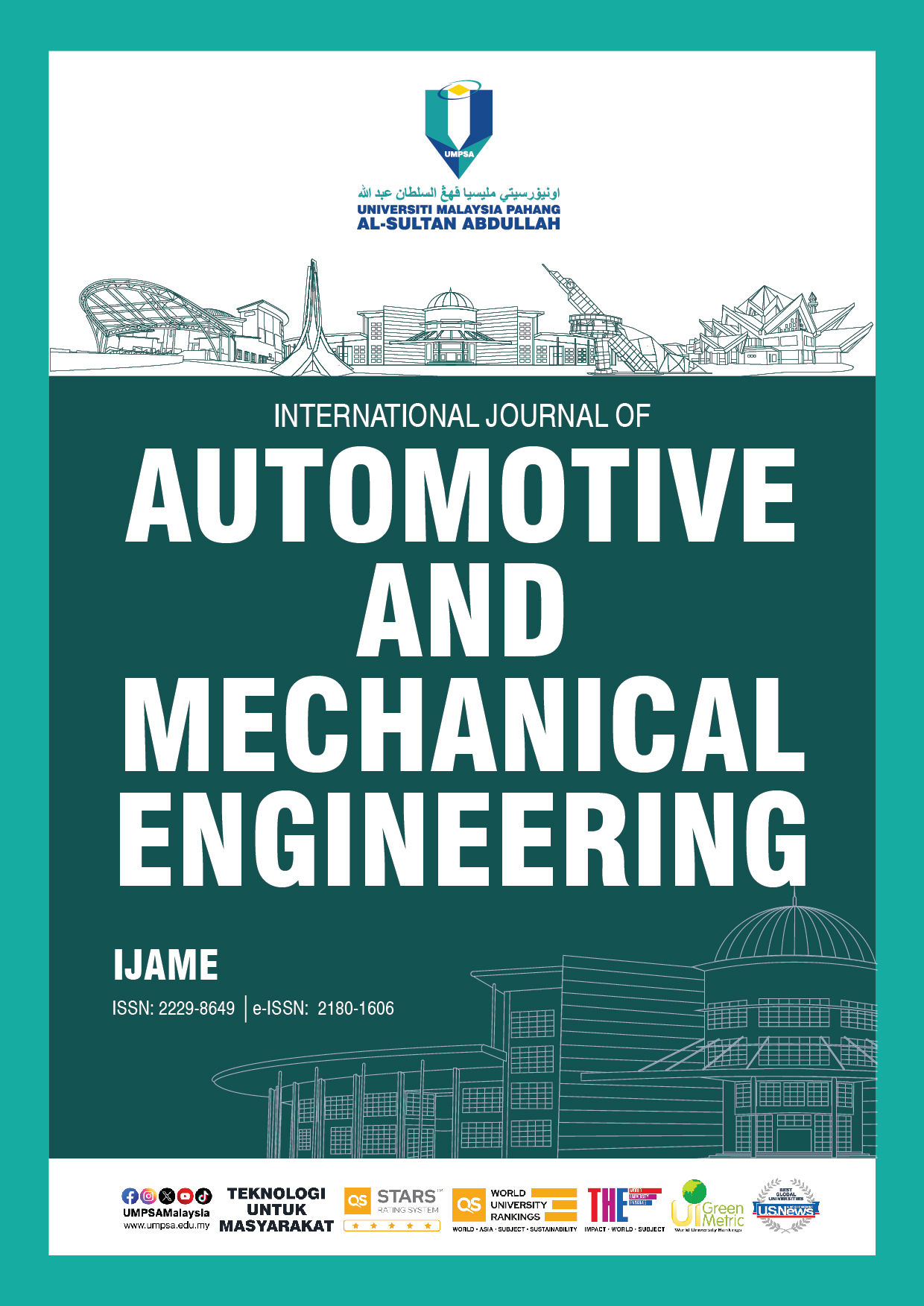Performance Comparison Between Centralized and Hierarchical Predictive Functional Control for Adaptive Cruise Control Application
DOI:
https://doi.org/10.15282/ijame.20.4.2023.01.0836Keywords:
Adaptive Cruise Control, Predictive Control, PFC, Performance ComparisonAbstract
This paper presents a performance comparison between two different control structures of Predictive Functional Control (PFC), namely centralized and hierarchical architectures for an Adaptive Cruise Control (ACC) system. Centralized PFC utilizes a linearized model of the vehicle longitudinal dynamics to compute the control law, while hierarchical PFC uses a simple kinematic model with inverse vehicle longitudinal dynamics. Based on the simulation results, both control structures produced a satisfactory performance. However, in the presence of disturbances such as road slopes and wind gusts, the centralized PFC becomes more sensitive and conservative than the hierarchical PFC. The main reason is that the linearization model used in centralized PFC is only effective around the selected nominal operating points. Since the decision-making process depends on the internal model performance, centralized PFC cannot compensate for this effect. Besides, it also takes a longer computation time than hierarchical PFC since more mathematical operations must be solved than the kinematic model, especially when physical and operational constraints are considered. The standard performance parameters such as Root Mean Squared Error (RMSE), settling time, and rise time are also used for the analysis. These findings can become a solid justification for using the hierarchical PFC structure in designing an ACC system for future work.
Downloads
Published
Issue
Section
License
Copyright (c) 2023 The Author(s)

This work is licensed under a Creative Commons Attribution-NonCommercial 4.0 International License.







